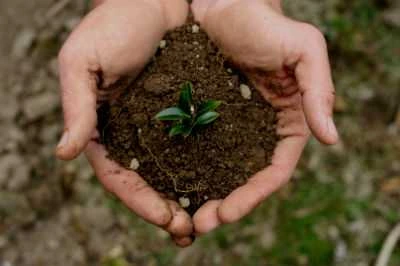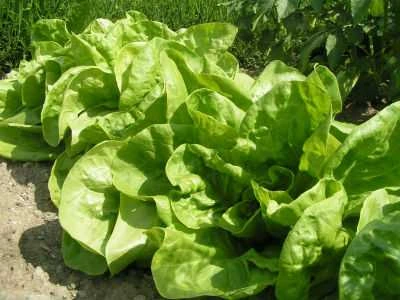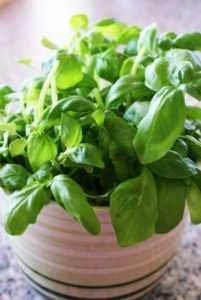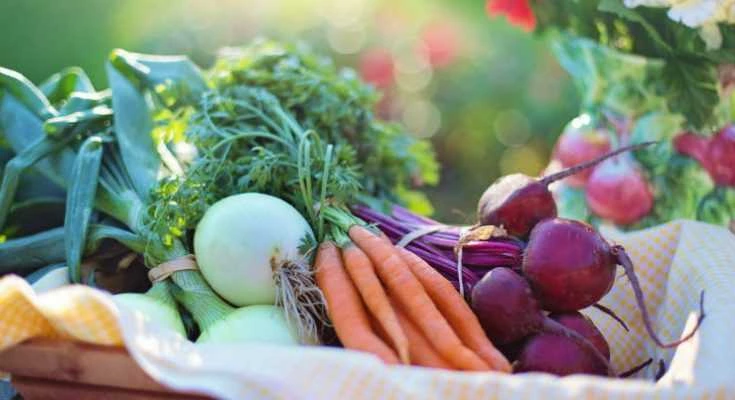As summer winds down, we usually start to shift our focus to getting the leaf blower, chainsaw, and other tools ready for the fall season. In terms of produce, we are preparing for canning and freezing the summer harvest without much more thought of planting. But fall is a great time to start a garden of leafy green vegetables, cauliflower, carrots, and more. But to get those seedlings started and ready to plant, we must start planning before that summer sunshine disappears.
Vegetables to Plant in Fall for Spring Harvest
Planting vegetables in the late summer, or early fall for a spring harvest can be a rewarding gardening strategy. By sowing the right crops before the winter sets in, you can take advantage of the cooler months to promote healthy growth, resulting in a bountiful springtime yield. Here are some vegetables that you can consider for fall planting for a delightful spring harvest:
Carrots: These fall garden vegetables thrive when sown in the fall. The cold temperatures help to sweeten their flavor, and they can overwinter in the ground, ready to be harvested as soon as the soil thaws in the spring.
Radishes: Radishes are fast-growing and can be ready for harvest in as little as 3-4 weeks. They like cool soil. Plant seeds in the fall for a crisp and peppery addition to your spring salads.
Spinach: These fall crops prefer cooler weather, making them an excellent candidate for mid to late-summer planting. It will establish itself before the harsh winter, and then resume growth in the spring, providing you with fresh, nutrient-rich leaves.
Lettuce: Like spinach, lettuce enjoys cooler temperatures. There are various types of lettuce to choose from, such as leaf lettuce, butterhead, and romaine. Plant a mix of varieties for a diverse and colorful spring salad harvest.
Kale: This fall crop is a hardy green that can withstand light frost to even snow. Fall-planted kale will continue to grow during mild winter spells and be ready to provide you with nutritious leaves early spring.
Broccoli: Broccoli is a cold-tolerant vegetable that can produce a generous harvest in the spring if planted in the fall. It benefits from the extended growing period that the fall and winter months provide.
Cauliflower: Similar to broccoli, cauliflower can be successfully overwintered when planted in the fall. It may take a bit longer to mature, but the result is well worth the wait.
Cabbage: Cabbage can be a hardy addition to your fall garden. By planting it late in the season, you’ll allow it to develop a sturdy root system and form tight heads for spring harvest. So be sure not to wait longer than 12 weeks before the frost date to plant, or the frost could get to the fall harvest first.
Peas: Some pea varieties, known as “winter peas,” can be sown in the fall to establish roots and then resume growth in the spring. They tend to be more cold-resistant than their spring-planted counterparts.
Garlic: While not exactly a vegetable, garlic is planted in the fall for a summer harvest. Plant individual cloves in the fall, and they will develop into full bulbs by the time summer arrives.
Bush beans: They are a warm-season crop, but certain varieties can be planted in the fall for a spring harvest. While they are generally more sensitive to cold temperatures than some of the other vegetables mentioned earlier, you can still have success with bush beans by selecting the right varieties and providing some protection from frost.
When planning your fall vegetable garden, consider your local climate and the average date of the first frost in your area, and then count back 12 weeks. That is when it is time to start seeding indoors. Once they are three weeks old, the young plants can be set outside for a few hours on a cloudy day, and then gradually exposed to more heat a little each day.
Be sure not to let them sit in the hot, dry sun immediately or they will wither. However, they do need to be planted into the ground before the summer heat and sunshine move out completely.
Help the Soil to Grow Your Unique Fall Vegetables
As always, try working in some compost or a natural fertilizer, such as manure, into the soil before planting if there is time. Planting a fall garden also helps maintain the soil’s fertility and can also help keep weeds from taking over.
Mentioning weed prevention, it may be worth considering the installation of a form of weed barrier that prevents new weed growth. Cooler fall temperatures help make fall veggies sweeter.

This is also a good time to experiment with less popular vegetables like Crunchy Chinese cabbage, rutabaga, Swede turnips, and corn salad.

Some rustic greens such as arugula, mustard, and turnips produce wide leaves that cut down on photosynthesis for weeds while also recycling nutrients back into the soil.
Autumn Herb Gardens
Autumn is also a great time to start growing an herb garden. Parsley, sage, rosemary, thyme, cilantro, lavender, mint, and chives all thrive in cooler temperatures.
Herbs can also be grown inside during the winter.
Keep them in a cool spot close to a window where they can receive plenty of sunshine. Water them only when the soil feels dry to the touch.
Try growing herbs in the kitchen where they are within reach and can bring optimum freshness to many recipes. This is a great way to add fresh flavor to recipes during the winter months.

Conclusion
While spring and summer are the most common times to grow and harvest vegetable gardens, fall is also a great time to grow many veggie favorites. Fresh carrots, broccoli, Brussels sprouts, lettuce, and cabbage are welcome additions to most family tables.
Cooler temperatures can make fall gardening more enjoyable, keep the soil fertile, and produce crispier veggies. Consider growing some of these delicious staples during the lovely autumn months.

